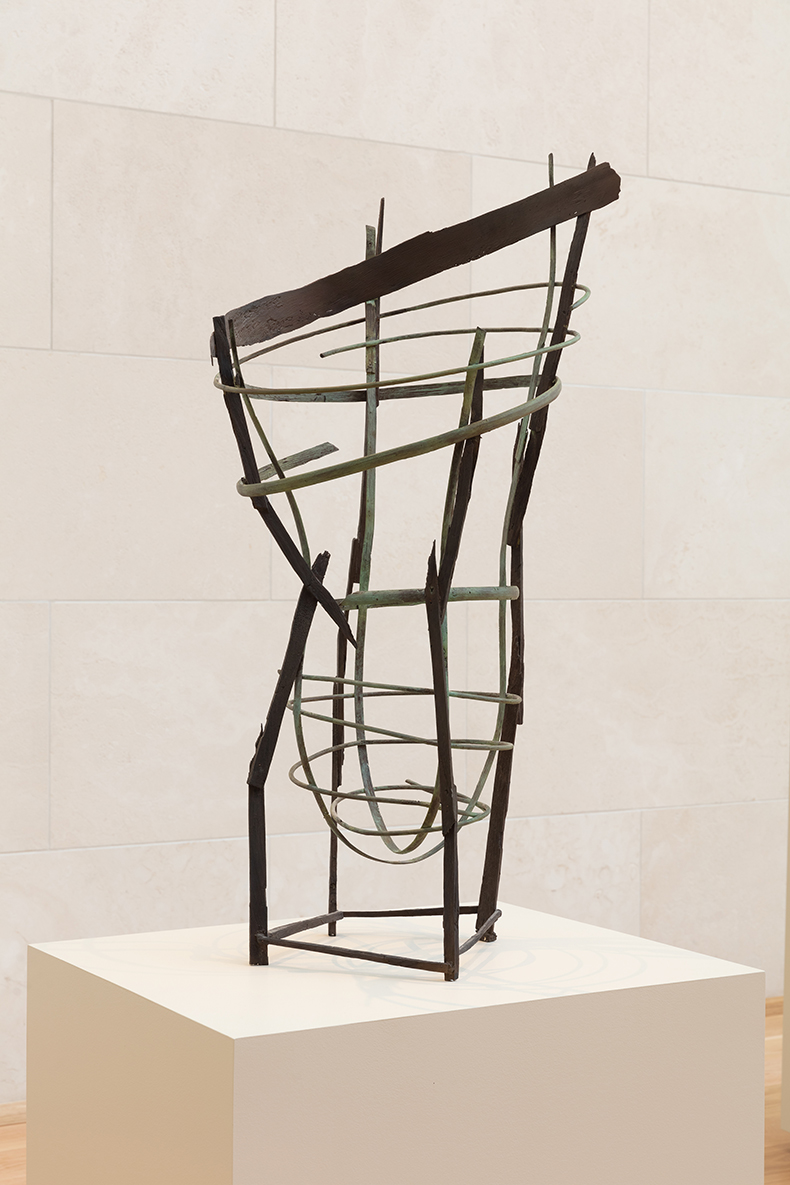Apollo’s monthly survey of the most significant works to enter public collections shines a light on the gaps museums have been able to plug and the new stories they are trying to tell.
National Gallery of Art, Washington, D.C.
Thirteen drawings by M.C. Escher
The NGA holds the most significant collection of works outside Europe by the Dutch artist; now, it has received a further boost with the donation of 13 of Escher’s drawings by Michael Schiffer. Highlights of the gift include early sketches for the artist’s woodcut Seated Female Nude (1921) and an intricate design for a ceramic plate titled Spider in the Garden (1920), one of only two known designs made by Escher for a ceramic work. Later drawings demonstrate the artist’s signature fascination with complex architectural structures, including Madonna del Parto, Sutri (1927), which depicts the mysterious subterranean remains of a Roman temple, while abstract designs such as Symmetry 131 (1967) reveal the geometric patterns that would provide an important reference point for many of the artist’s best-known works (and earn him the lasting respect of scientists and mathematicians the world over).
Spider in the Garden (1920), M.C.Escher. National Gallery of Art, Washington, D.C.
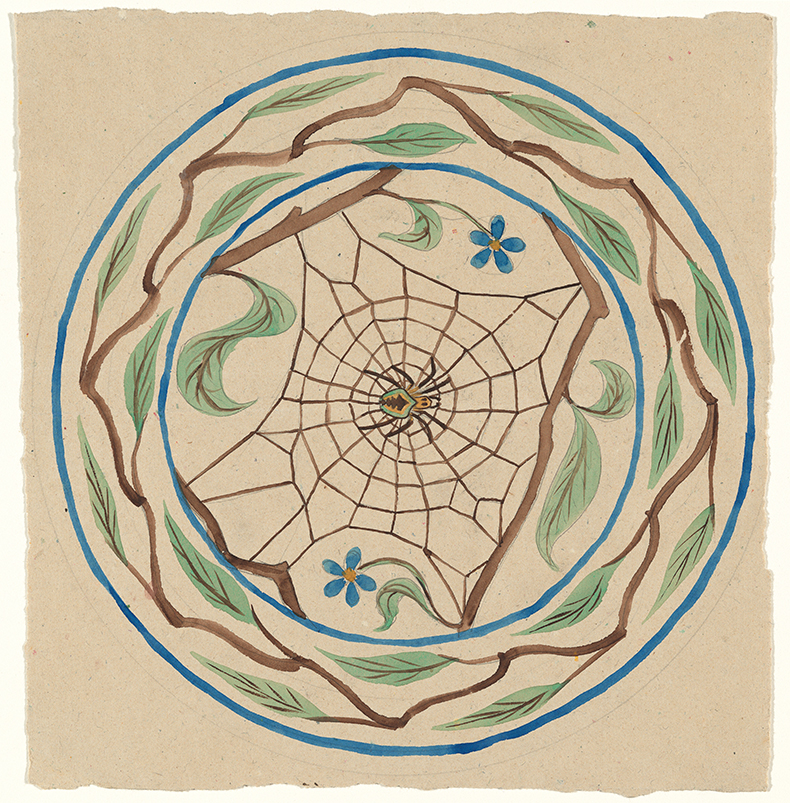
Timken Museum of Art, San Diego
Salomé (1890), Ella Ferris Pell; Bust of Eve (1874), Thomas Ball
Following a two-year renovation, the Timken Museum of Art in San Diego reopens this month boasting two new additions to its permanent collection. Salomé (1890), by the 19th-century painter Ella Ferris Pell – who studied in France before gaining renown as a salon artist in New York – becomes the first work by a women to enter the collection. The marble Bust of Eve (1874) by the American sculptor Thomas Ball also joins the collection – as a biblical sculpture, it is unusual among the works of an artist known for his depictions of American statesmen, most notably the equestrian statue of George Washington.
Palazzina dei Principi, Naples
More than 70 works from the collection of Lia Rumma
More than 70 works have been donated to the Palazzina dei Principi in Naples by the Italian dealer and gallerist Lia Rumma. With an emphasis on works by artists affiliated with the Arte Povera movement, the donation includes Michelangelo Pistoletto’s Mappadmondo (1966–68) – a globe-like structure made of newspaper surrounded by an iron frame – and Gilberto Zorio’s Il Fuoco è Passato (1968).
Il Fuoco è passato (1968), Gilberto Zorio. Palazzina dei Principi, Naples. Photo: Bruno Manconi; courtesy Archivio Lia Rumma
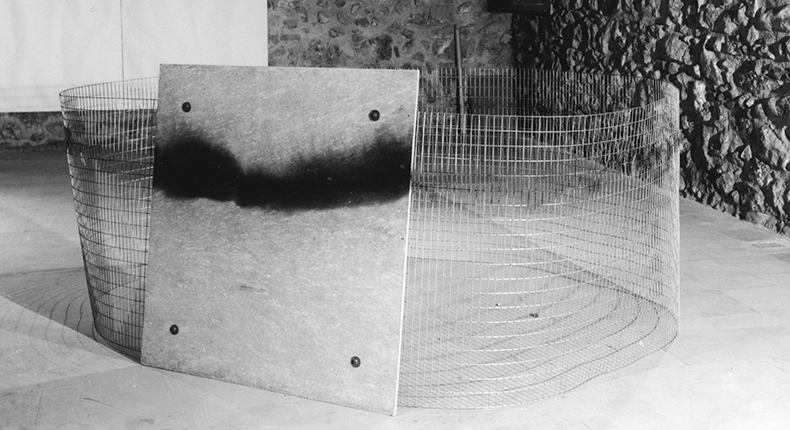
Walker Art Gallery, Liverpool
Allegory of Painting and Music, Giovanni Andrea Sirani
The Walker has just announced a £710,000 redevelopment of its Renaissance, medieval and baroque galleries – the first major renovation of the space in three decades. As part of this ‘Renaissance Rediscovered’ project, it has also bolstered its collections with the addition of baroque painter Giovanni Andrea Sirani’s Allegory of Painting and Music. Purchased with support from the Art Fund, the work depicts two female figures – one painting, and one singing from sheet music. Sirani is perhaps best known as the father of the artist Elisabetta Sirani; he was instrumental in the training of his three daughters as painters, at a time when professional opportunities for women artists were few.
Allegory of Painting and Music, Giovanni Andrea Sirani. Walker Art Gallery, Liverpool
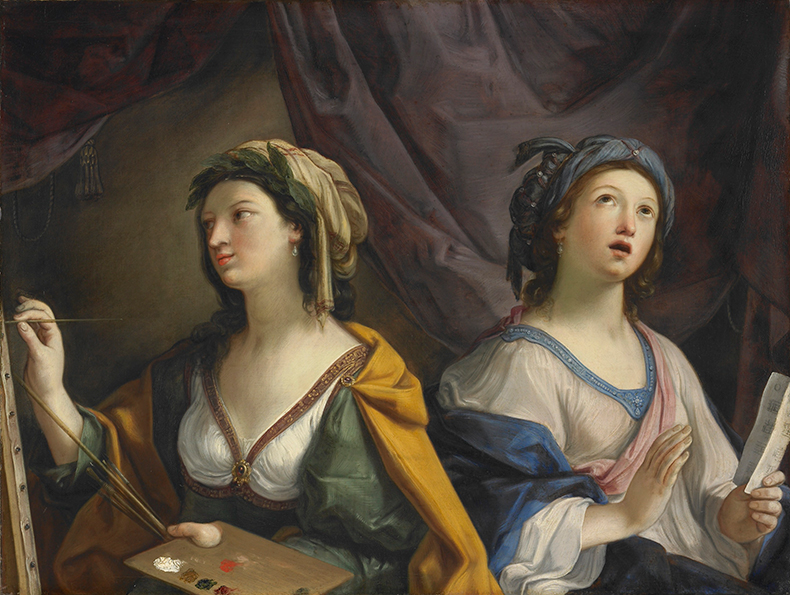
Peabody Essex Museum, Salem
Around 900 Japanese cloisonné enamels from the collection of Fredric T. Schneider
A collection of Japanese cloisonné enamels drawn from the pre-eminent holdings of the scholar Fredric T. Schneider have been donated to the Peabody Essex Museum in Massachusetts. The collection of some 900 works includes vases, bowls and plaques, demonstrating the versatility of the enamelling technique across more than four centuries. Highlights include Ota Jinnoeimon’s enamelled box (c. 1880–1910) which depicts a scene from the 11th-century Japanese text The Tale of Genji by Muraskai Shikibu.
Covered box with scene from the Tale of Genji, (c. 1895), Ota Jinnoeimon (c. 1880–1910). Peabody Essex Museum, Salem. Photo: © 2022 John Bigelow Taylor
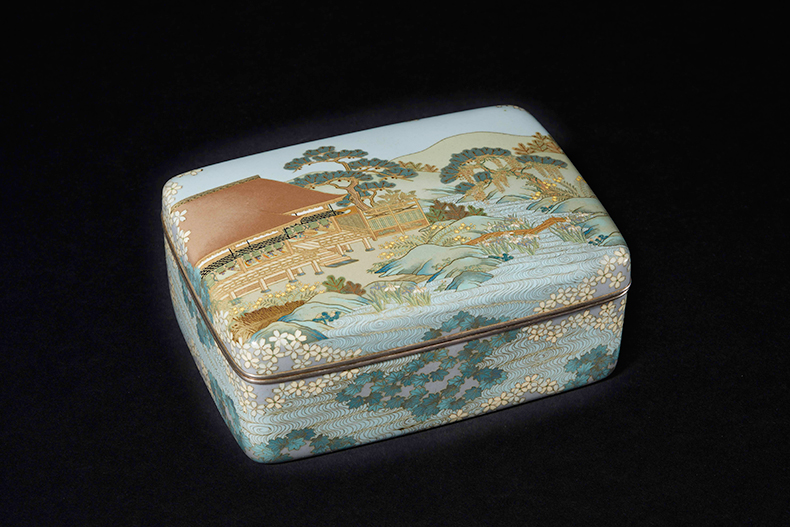
Nasher Sculpture Park, Dallas, Texas
Seventeen works by Texan artists from the Barrett Family Collection
The collection amassed by Richard Barrett and his late wife Nona is exceptional in two areas – in works by Swiss artists and of art from the couple’s native Texas. Extensive gifts over the years have swelled the holdings of the MFA Houston, the Dallas Museum of Art and the University of Texas at Dallas; now it’s the Nasher’s turn, with the sculpture centre gaining 17 pieces by 20th-century Texan artists. Among them are six pieces by Joseph Havel, five sculptures by Linda Ridgway and works by Frances Bagley, David Bates, Ann Hamilton, James Magee. Perhaps the highlight is Bagley’s geometric bronze Centrifugal Torso (1990) – created at an important phase in the artist’s career when she was experimenting with casting and welding.
Centrifugal Torso (1990), Frances Bagley. Nasher Sculpture Center, Dallas. Photo: Kevin Todora
